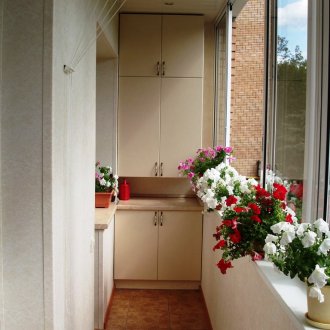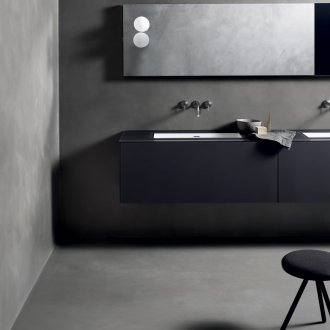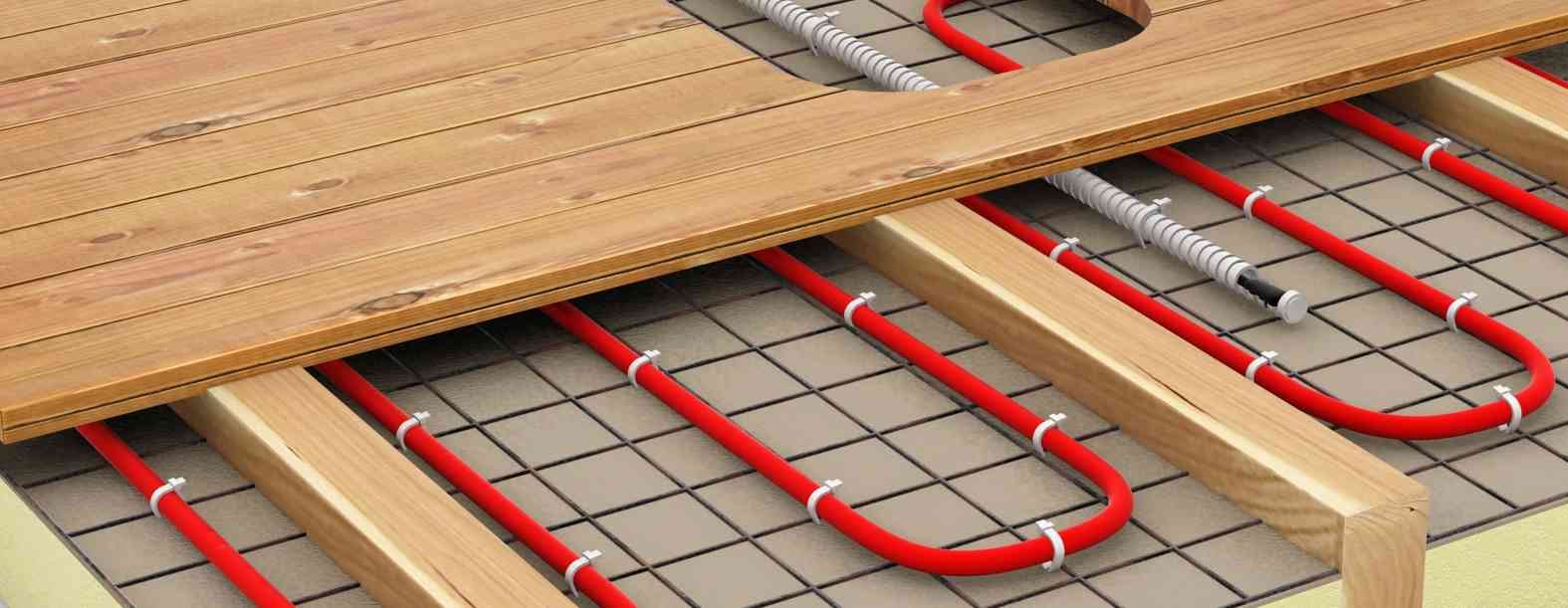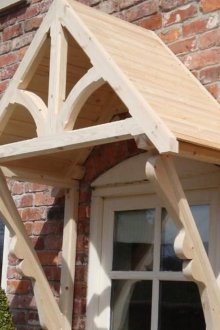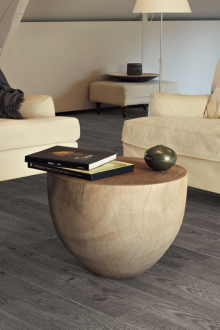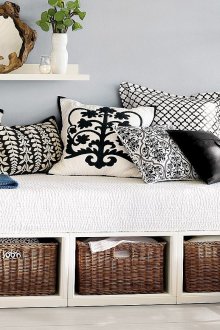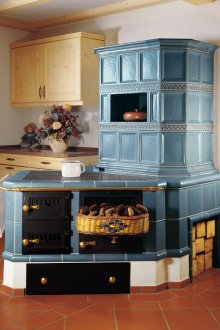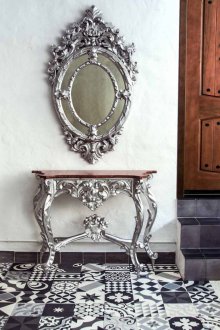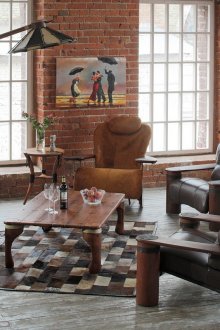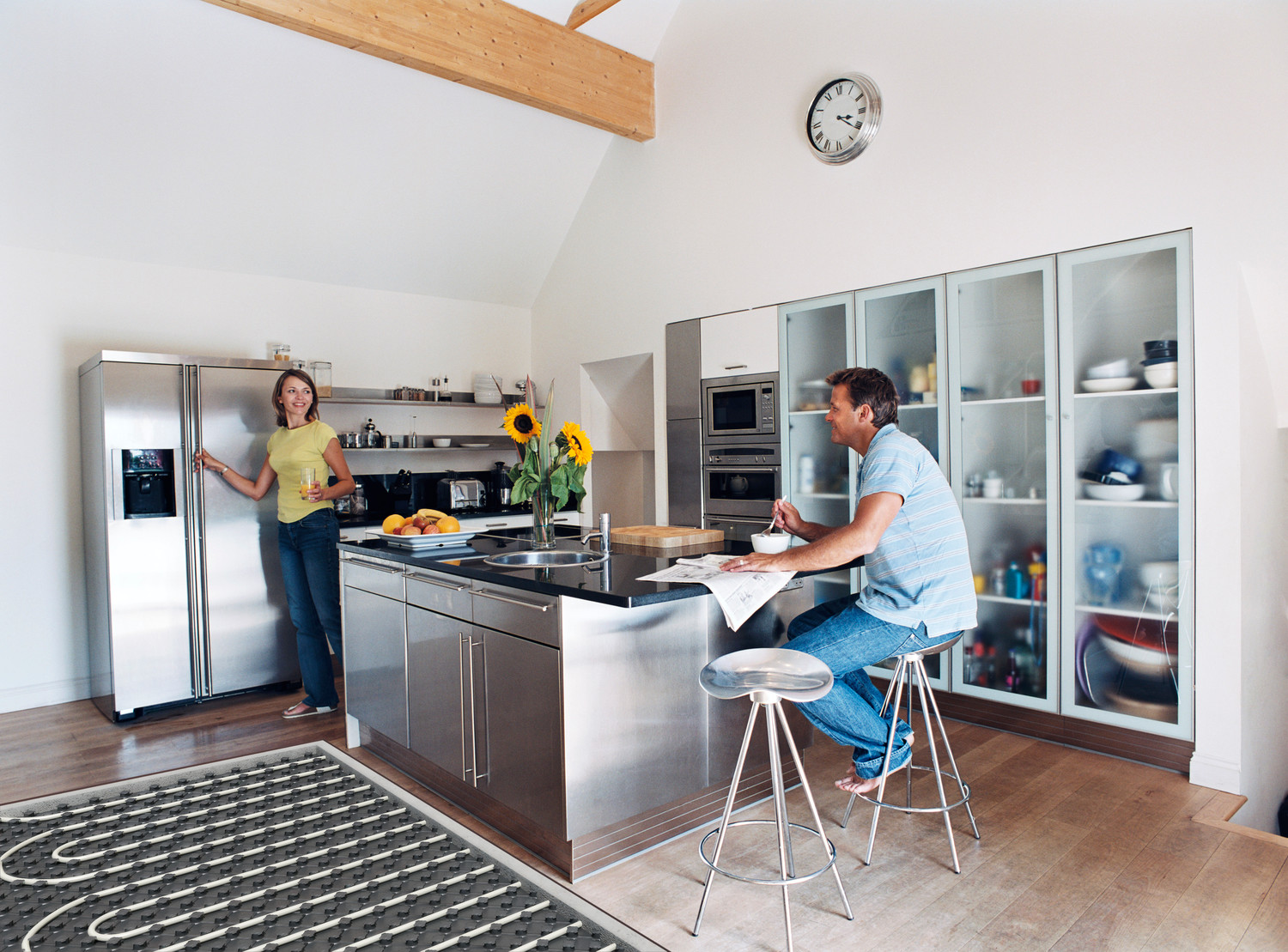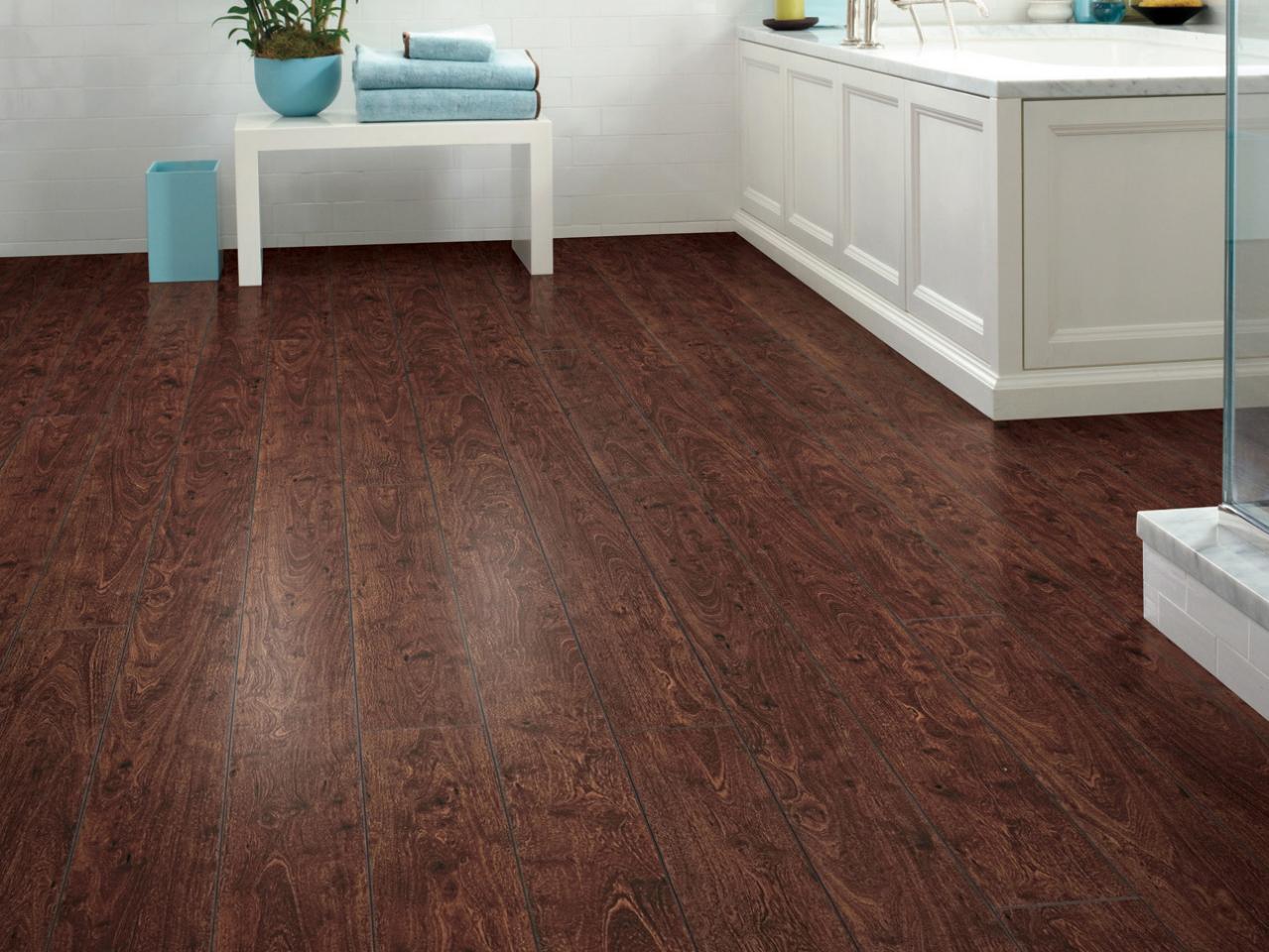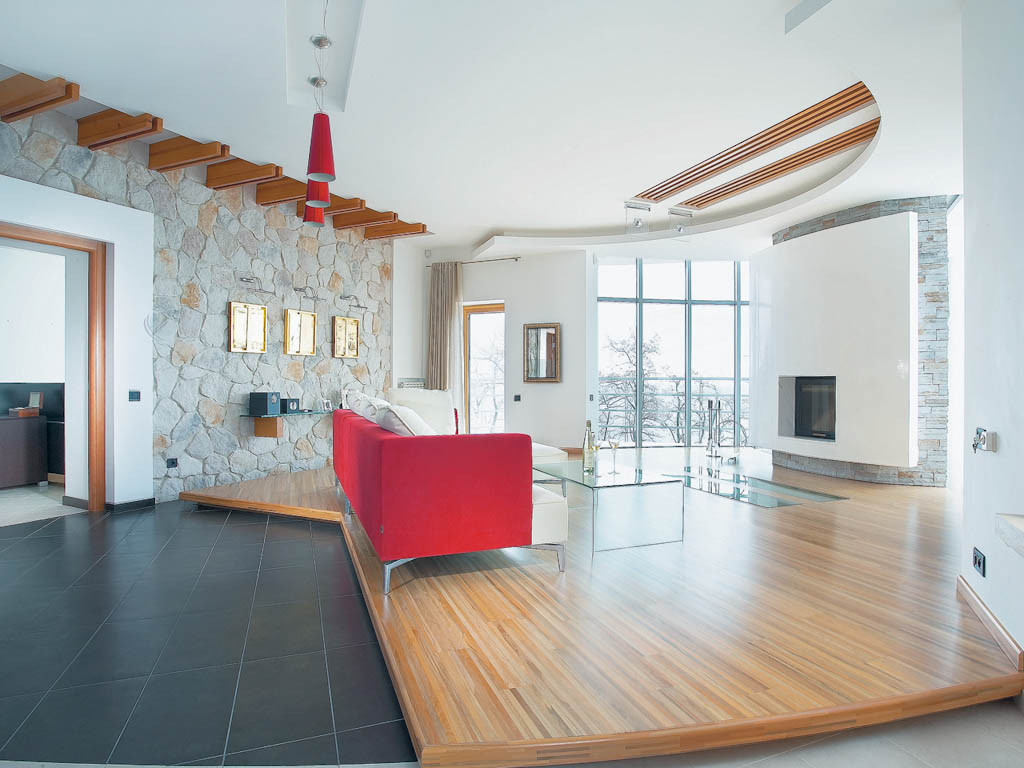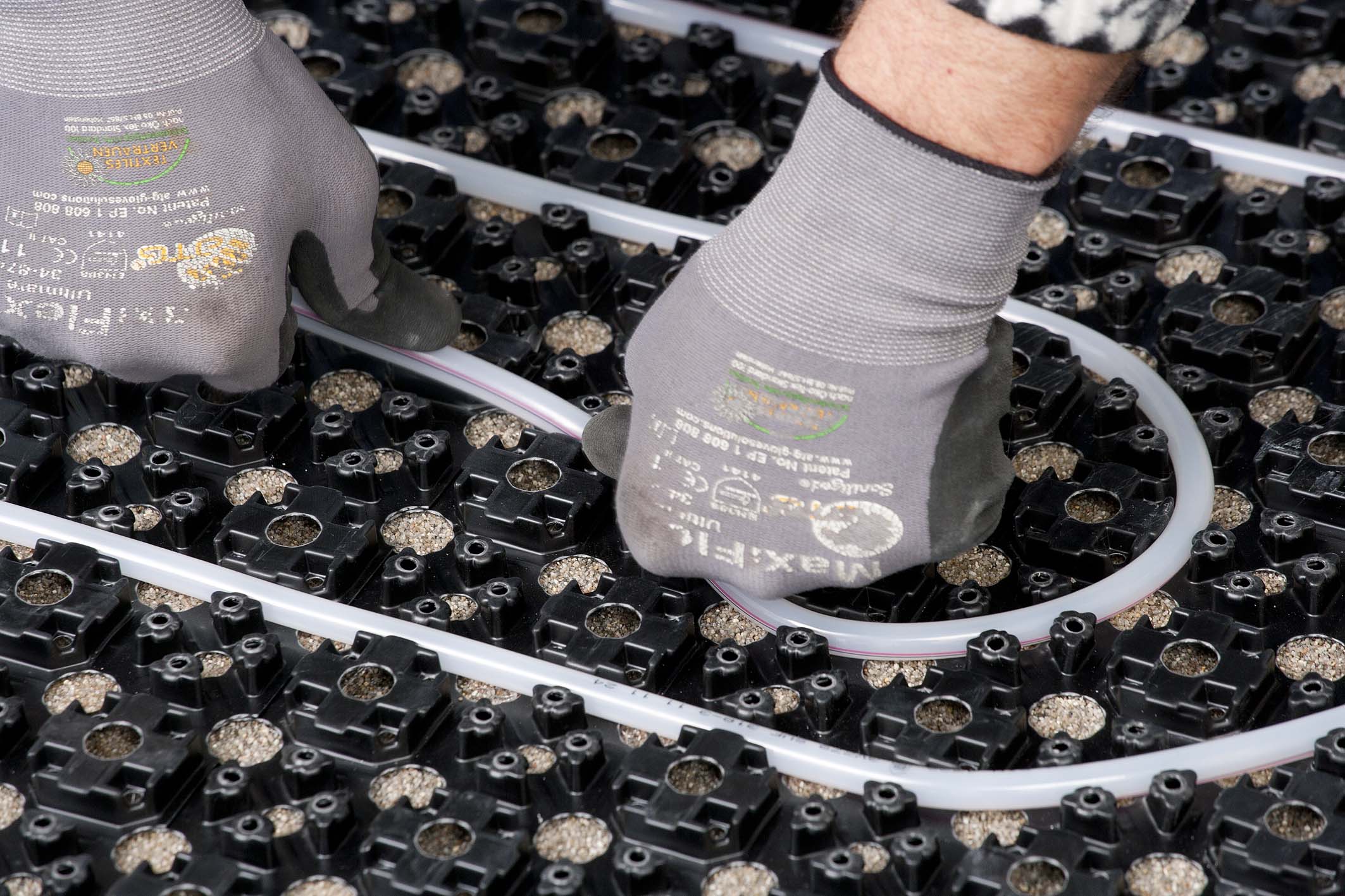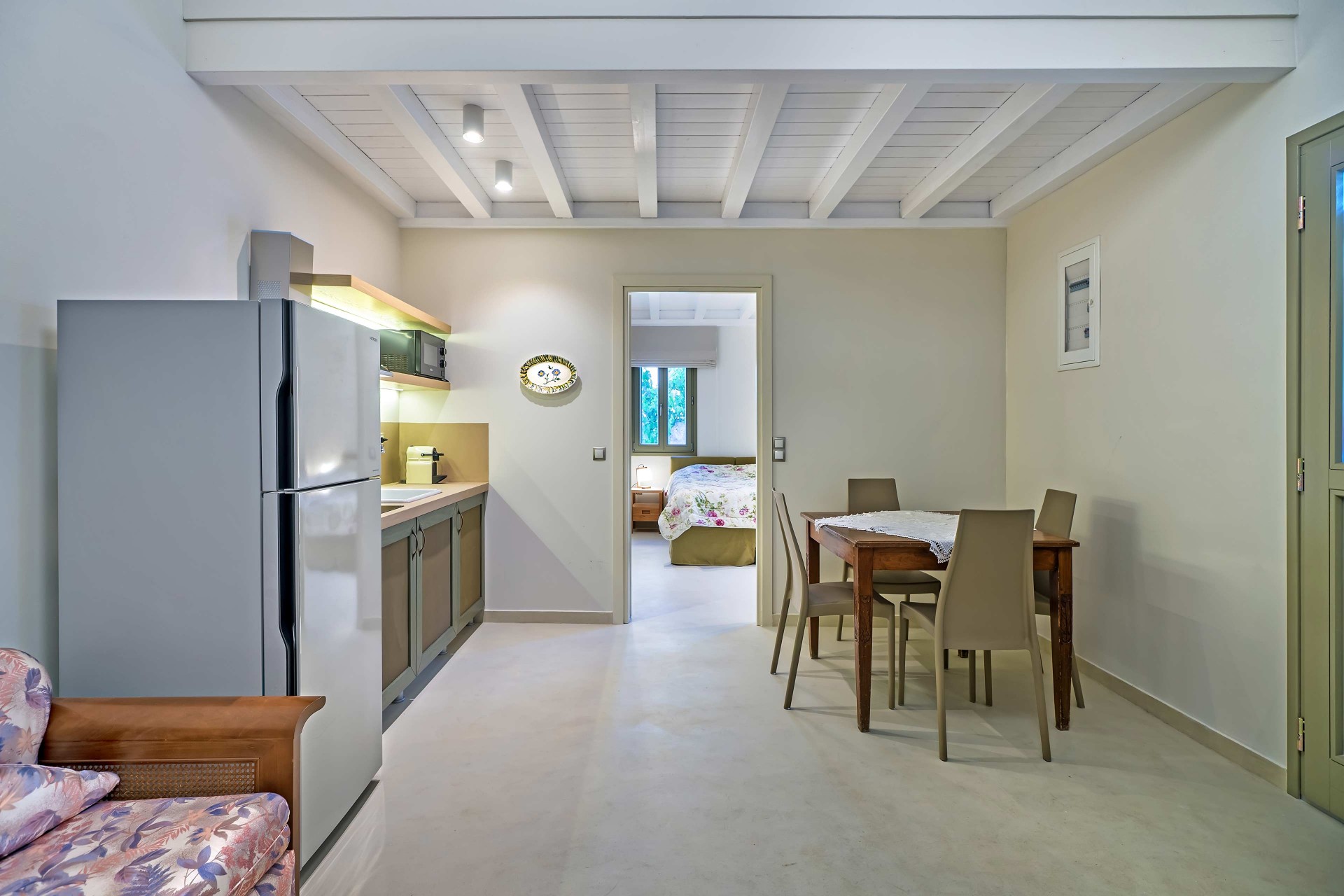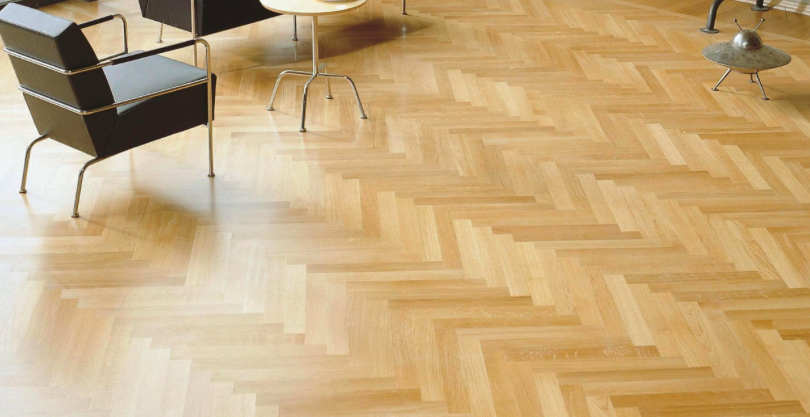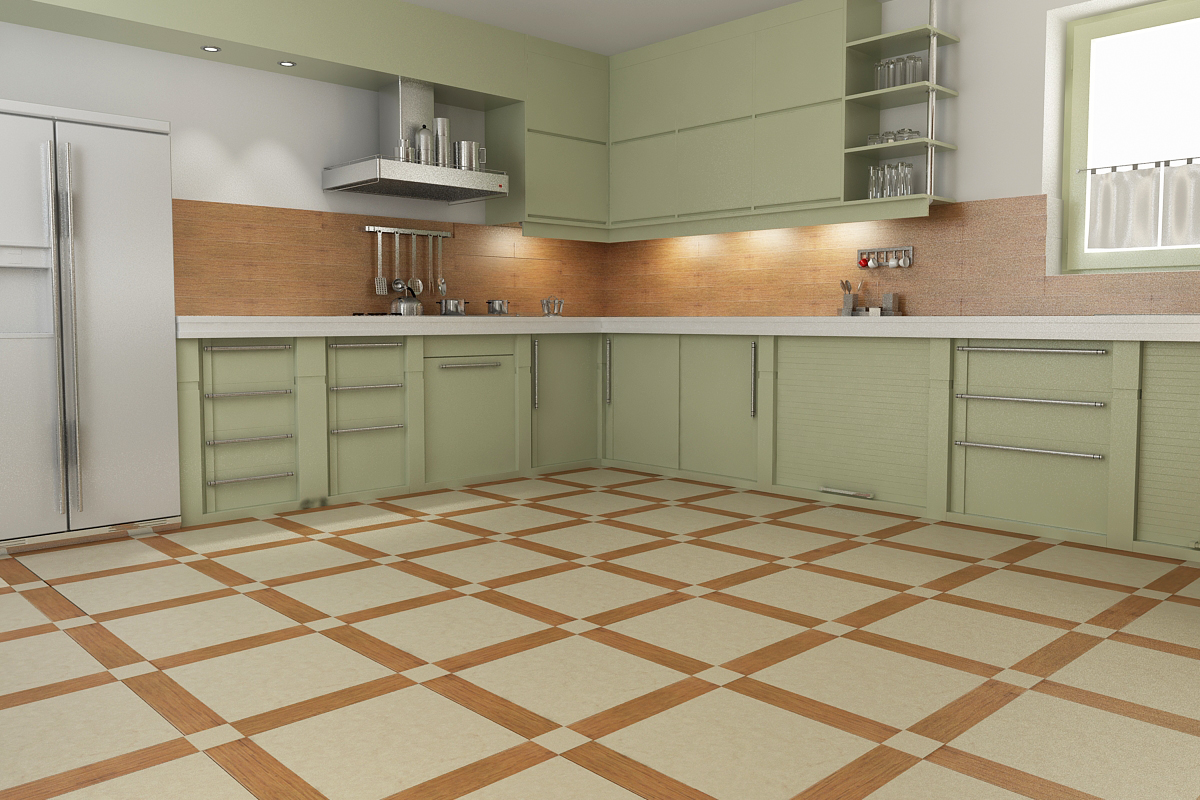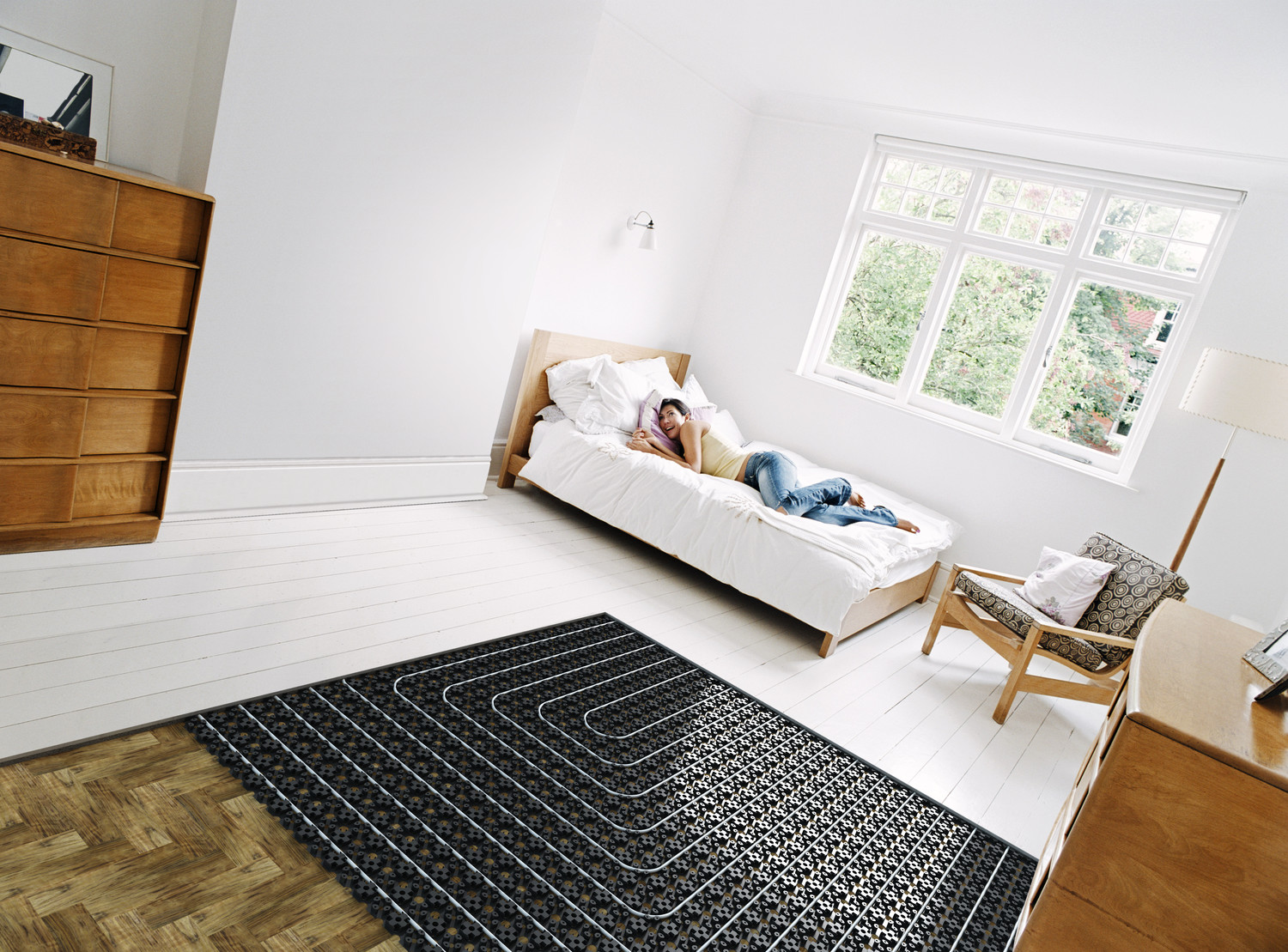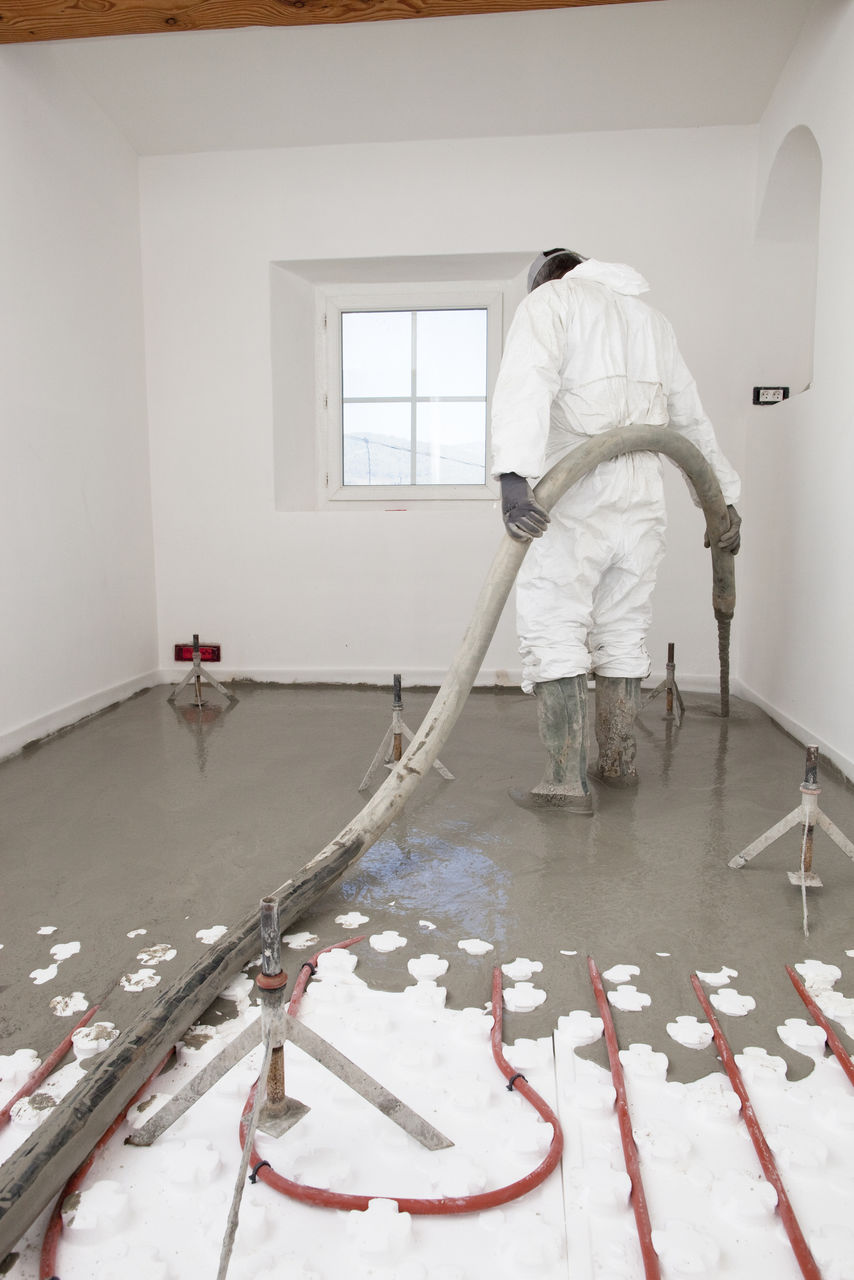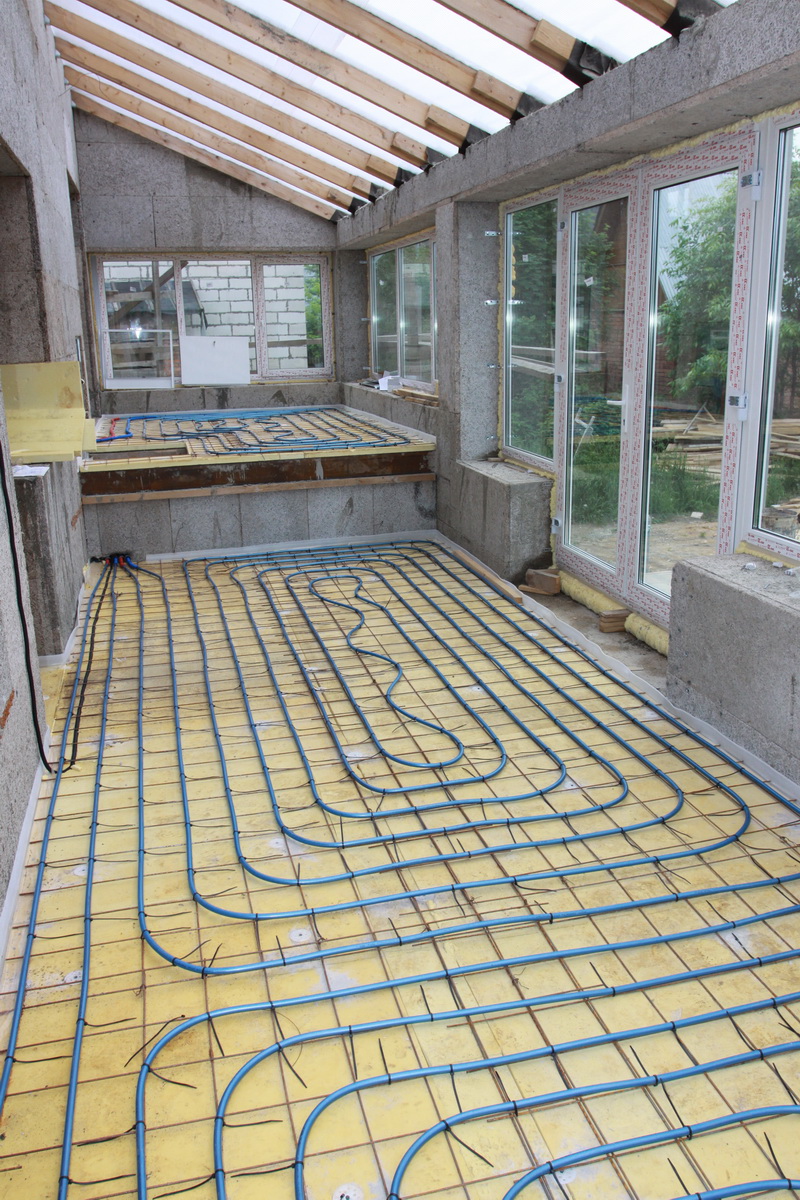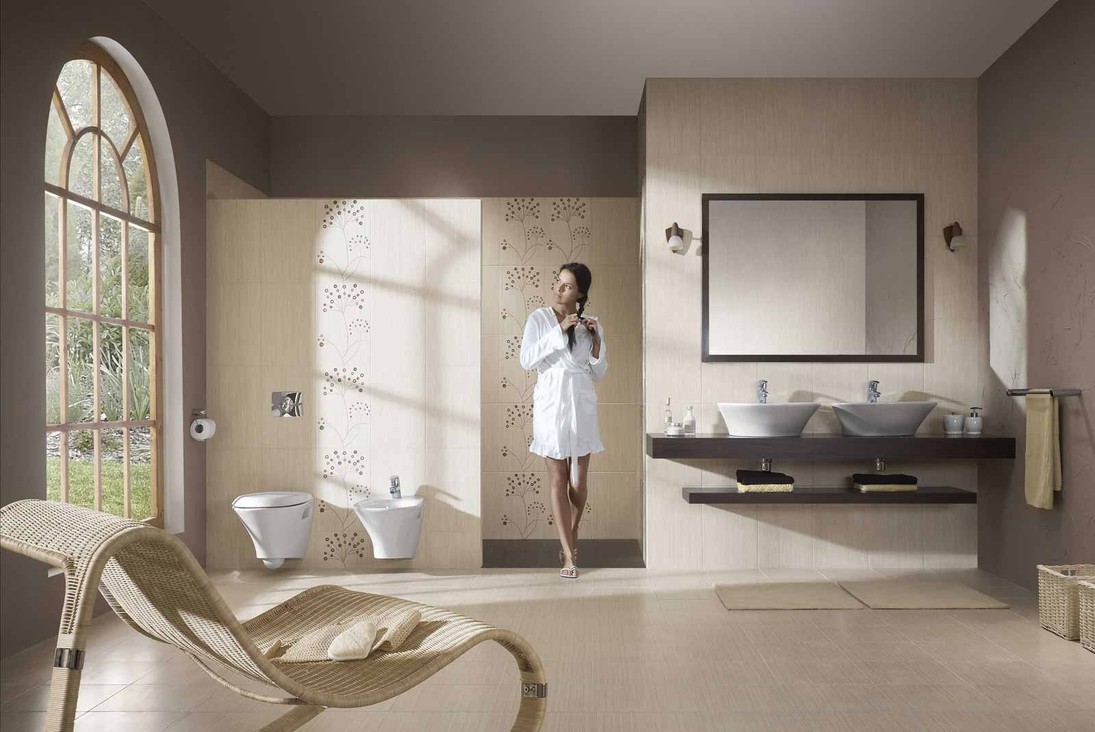Water floor heating: advantages and features (22 photos)
Content
Warm floors have recently become increasingly popular. They are installed in private houses and in ordinary apartments, on loggias and in bathrooms. They are used for heating or just to turn on from time to time.
Water heated floors stand out among the rest: they seem more convenient to use, but at the same time they have a number of features. To understand why, you need to understand in detail.
The main pros and cons
The advantages of a water floor heating are numerous. Among them, it is customary to name:
- Cosiness and comfort. Any underfloor heating is actually a large heating battery, which makes it pleasant to walk in winter cold, which is pleasant to lie on with a book and which you can let out even the smallest children without fear of a cold.
- Uniform heat distribution horizontally. If an ordinary battery heats only at the window, then a warm water floor warms up the entire room evenly, without leaving cold corners.
- Uniform distribution of heat vertically. If using an ordinary battery, warm air accumulates under the ceiling, and drafts walk on the floor, then a water heated floor in the house does not allow this.
- Less heat loss through the ceiling. If the ceiling is cold (and in winter it is definitely cold), the hot air rising to it cools quickly. But warm air rising from the water floor has less temperature difference with the ceiling, which means less heat loss.
- Less drafts. Even heating warms the room from this problem.
- Easy care. Wash the battery is almost impossible - it is too inconvenient to get to the back of it. A water floor heating device makes it easy to wipe with a mop or wet rag.
- Lack of air dryness. The floor is warm, not hot, the air next to it does not get drier, which is important for people with sensitive airways.
- Aesthetics. The heating battery can hardly be called a very beautiful accessory that can fit into any interior. It is difficult to disguise it; you need imagination and means. Water heated floors and no need to mask - they fit perfectly into the interior.
- Saving. Warm floors can save on heating - they can be turned off in places where heat is not needed yet.
But in addition to the pros, there are also disadvantages, which are no less:
- A room with underfloor heating will have to be insulated additionally. If the heat losses are too high, the floors will become simply useless.
- Difficulties with installation in the apartment. In apartment buildings, it is not officially permitted to install a water heated floor. You will have to visit the architectural college and collect a lot of documents.
- The thickness of the screed for a water heated floor should be at least 10 cm in rooms located above the first floor, and at least 20 cm on the basement floors. This will significantly reduce the room and provide additional load on the floors.
- Expensive materials. Radiator heating system is much cheaper. Moreover, for laying a warm floor for a person who is not confident in his abilities, it is better to invite specialists, which will also cost money.
- Possible health hazards.Constantly staying in a room with a heated floor can negatively affect the veins, which can lead to varicose veins and other unpleasant diseases.
There is one more minus - far from every material is suitable to make a floor for water floor from it. You need to choose wisely.
Materials and location
Covering for a warm water floor can be very diverse. The most obvious options coincide with the most common floor coverings in general.
Tile
Thanks to a combination of qualities, this is the most reasonable option. It can be made of natural or artificial stone, but the properties of this do not change too much. It is resistant to fire and water, conducts well and retains heat for a long time, with proper timely care it is not susceptible to adherent bacteria, fungi and mold. When heated, does not emit any harmful compounds. One of the pluses - by installing a water heated floor under the tile, you can easily adjust its overall temperature by choosing a tile of suitable thickness. The thicker it is, the cooler the overall result will be.
Tree
A much more controversial option. Wood does not tolerate humidity, burns well and conducts heat poorly. Worse, it is very sensitive to temperature extremes, and if the floor is not turned on continuously, it will dry out and delaminate. To reduce this probability, you should choose dense, unusual varieties of wood that resist shrinkage well. These are teak, bamboo, rosewood, acacia, oak. In addition, the slats of the wooden floor should be narrow so that warm air rises easily through the cracks, and a warm water floor in a wooden house would not be the best idea possible.
Laminate or carpet
If you do everything according to technology, an underfloor underfloor heating perfectly fits down. The main thing is to provide a suitable substrate, and then all the properties of the coating will reveal themselves in the most positive light.
Laminate and carpet easily conduct heat, to some extent they retain it, are pleasant to the touch and are perfect for a nursery. Resistant to temperature changes.
The conclusion that a water heated floor under linoleum is a great idea, like a warm floor under a laminate, is wrong. Linoleum is usually made from cheaper compounds that do not tolerate heat - under the influence of high temperature they can begin to melt, give off an unpleasant odor and even become harmful to human health. Underfloor heating should not be placed under linoleum. Despite the cheapness, it will not pay off.
When determining whether to choose a warm floor instead of more traditional heating systems, it is also worth considering where it will be installed - everywhere there are some nuances.
Water heated floor in the apartment
The main nuance is the skepticism of the authorities towards such initiatives. It is explained simply: water for the floor will be taken from a common riser, as a result of which the rest will weaken the pressure and the temperature will drop. To avoid this, you need to construct the floor in concrete ways, acting carefully and competently. And, of course, it is still necessary to prove to the authorities that the installation of the underfloor heating was carried out in accordance with all the rules and will not harm anyone. In addition, it must be borne in mind that not all standard floors of a multi-storey building can withstand a warm floor.
Warm water floor in a private house
In this case, the owner has much more freedom - he is free to lay tiles on a warm water floor or lay laminate on a warm floor, when and how he pleases. It is also important to think about what will be heated. The design of the warm floor allows you to lay it:
- to the kitchen - in this case, it will make the cooking process comfortable;
- to the bathroom - water heated floor in the bathroom allows you to have fun just by getting out of the shower and not catch a cold, standing on a cold tile;
- on the balcony - water heated floor on the loggia or water heated floor on the balcony allows you to get another small room, which is suitable for storing things, and for the greenhouse, and for a pleasant relaxing holiday.
In addition, you can extend the heating to the whole house instead of the usual method with batteries. But this can negatively affect the health of people who are constantly in the house.
Types of underfloor heating
Ways of laying a warm water floor are not too diverse. The basic principle of operation of a water heated floor always remains the same: pipes are laid under the floor, which, when turned on, are filled with hot water. Only the nuances differ.
The classical system implies that pipes are filled with material that will conduct heat and retain heat, and in addition, make leakages impossible. A substrate is laid on top, on it is a tile or other floor covering and the whole system is connected to the main heating. In some cases, the subfloor is densely poured with concrete, and the water floor is firmly fixed.
Concrete conducts heat well and retains it, but cannot be installed in an apartment building - the floors simply cannot withstand the total weight.
Electro-water floors
In this case, the pipes are not connected to the main system. They simply lie in a special conductor of electricity, which, when a current is applied, begins to heat the water. This option is very easy to operate: just plug it into a power outlet to make it work.
Flooring system
Flooring implies that there is no single base that fills the entire space between the tubes. There is a special fastener on which they are installed. On top, a coating is laid on a warm water floor. This method is much easier for the master, who decided to assemble the entire structure with his own hands. It happens:
- Polystyrene - in this case, use polystyrene, which is much lighter than concrete and does not conceal 10 centimeters, but only 3-4. In addition, in this case, the base is laid first, then aluminum conductors are inserted into the grooves in it and already pipes with water are inserted into them.
- Rack and pinion - in this case, wooden slats are used, between which tubes are installed.
It is important to remember that it is easy to choose a water floor heating by itself. It is easy to find a thermostat for a water heated floor, it is easy to use it as a kitchen cover. But it is just as easy to violate building codes, act incorrectly and get an unpleasant result: from the flood, which will be eliminated without turning the entire structure, it will be very difficult.
Only accuracy and responsibility will allow us to make the floor, which, according to the results, will delight the warmth and comfort of all the inhabitants of the house.
